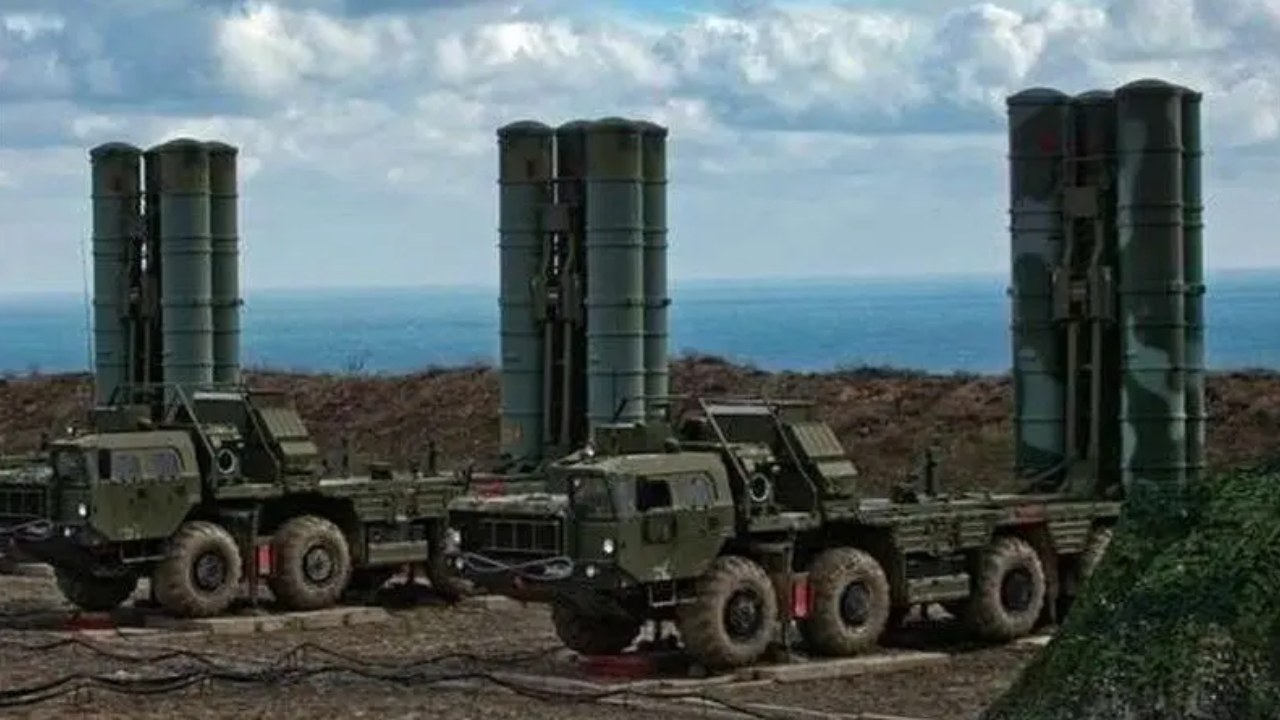India Operation Sindoor: A big revelation has come to light regarding the recent Operation Sindoor between India and Pakistan. Indian Air Force Chief, Air Chief Marshal Amarpreet Singh, for the first time officially said that India inflicted heavy damage on Pakistan in this operation. He proudly noted that during this operation, the Indian Air Force shot down five fighter planes of Pakistan and also targeted a large aircraft.
Speaking during an event in Bengaluru, the Air Chief said that this aircraft was either on an ELINT (Electronic Intelligence) mission or was equipped with an AEW&C (Airborne Early Warning and Control) system. It was targeted by an Indian missile from a distance of about 300 kilometers – the longest distance recorded so far. This attack became a historic example of the capability of a ground-to-air missile.
S-400 changed the entire equation of the game
Air Chief Marshal Amarpreet Singh openly praised the S-400 air defense system purchased from Russia and called it a decisive weapon of war. According to him, the range of S-400 was so wide that no fighter aircraft, long-range guided bomb, or drone of Pakistan could even come close to the Indian border.
He said, “When we got S-400, our air defense capability increased manifold. No matter how high or far the enemy tried to attack, our system would identify and destroy it in advance. Because of this, neither Pakistan could get an air advantage, nor did our bases suffer any damage.”
Pakistan’s strategy was broken in the initial hours itself
The Air Chief said that Operation Sindoor was a great example of technology and precision attacks. In the first 80 to 90 hours of the war, the Indian Air Force destroyed many important bases of Pakistan. These attacks broke the backbone of Pakistan’s military strategy.
He said, “We targeted their airbases, radar stations, and command control centers in the beginning. This badly affected their operational capability. They clearly understood that if this situation continued for longer, they would have to pay a heavy price.”
Why did Pakistan come for a ceasefire?
The Air Chief Marshal said that when Pakistan realized that it was almost impossible to break India’s air power and defensive capability, it initiated a ceasefire. The Pakistani DGMO contacted the Indian DGMO directly, and talks on the ceasefire began.
He clearly said, “It was not just a military victory, but it was a moment showing that India can go to any extent to protect its borders and citizens. Pakistan had realized that continuing the fight further would prove disastrous for them.”
Operation Sindoor – A symbol of India’s strength
This entire operation is proof of India’s strategic preparation, technological edge, and strong defense system. With modern weapons like S-400, the Indian Air Force proved that in modern warfare, not just numbers, but accurate technology and quick decision-making ability bring victory.
The name of Operation Sindoor has now been recorded in the list of those military operations that not only taught a tough lesson to the enemy but also presented a new face of India’s defense capability to the world.
